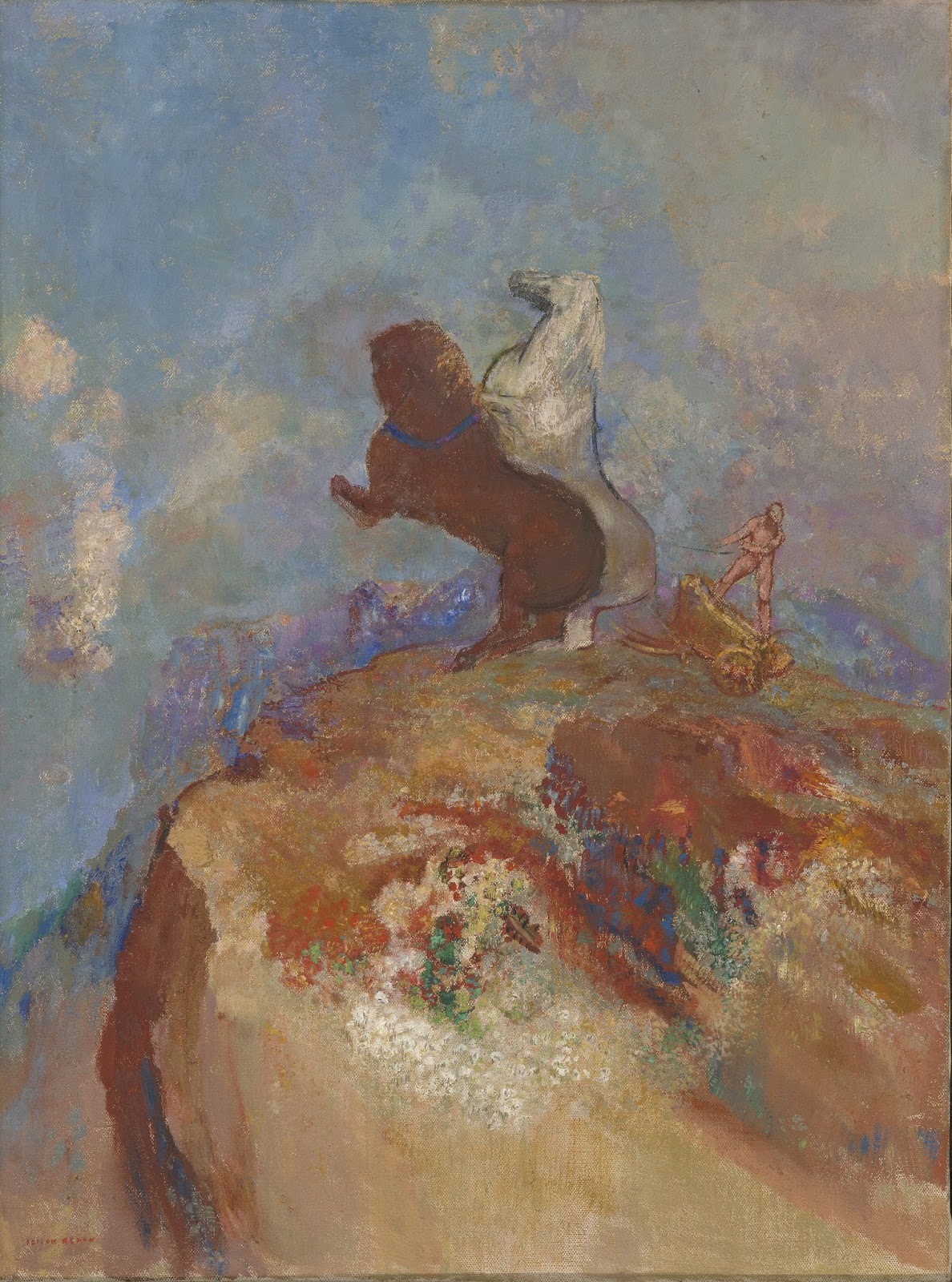Homage to Goya (Hommage à Goya) is an portfolio of 6 lithographs on chine appliqué reveal Redon's admiration for the Spanish painter and printmaker, who died in 1828.

Title: Hommage a Goya
Autor: Odilon Redon (1840-1916)
Date: 1885
Style: Symbolism
Genre: Mythological painting
Media: Oil on cardboard, mounted on canvas
Location: Scharf-Gerstenberg Collection, Berlin







